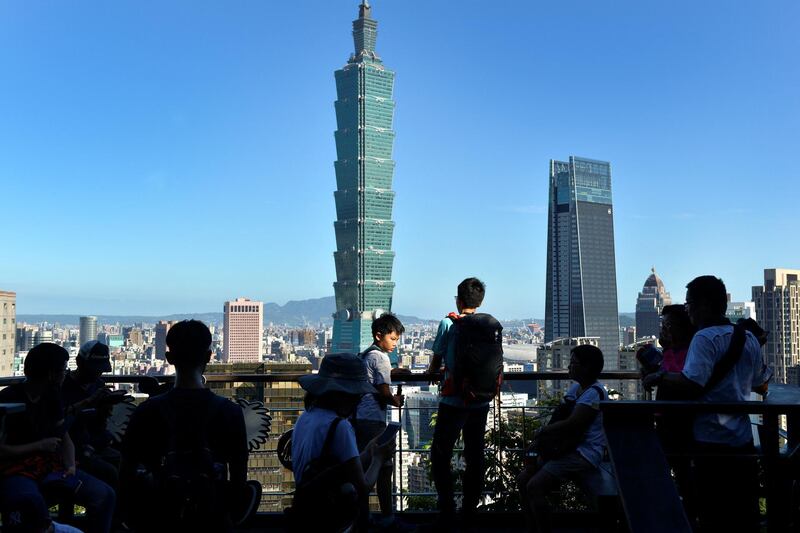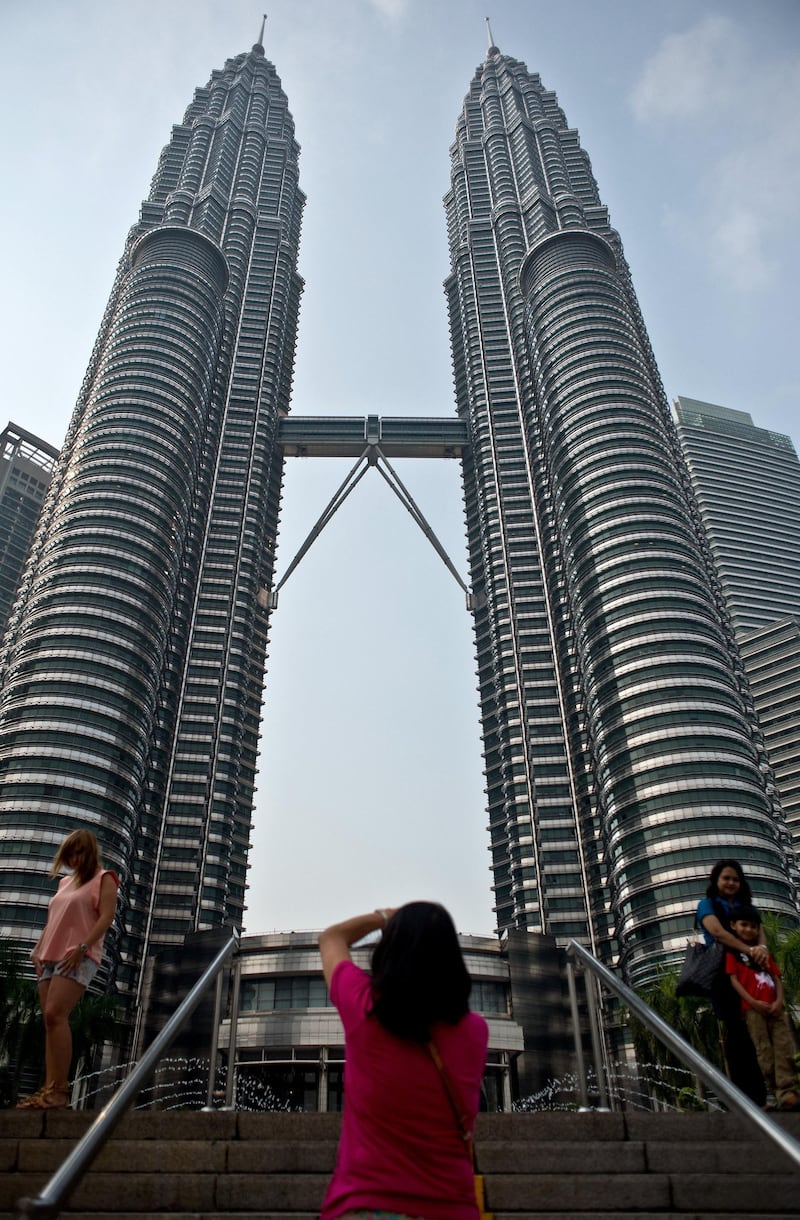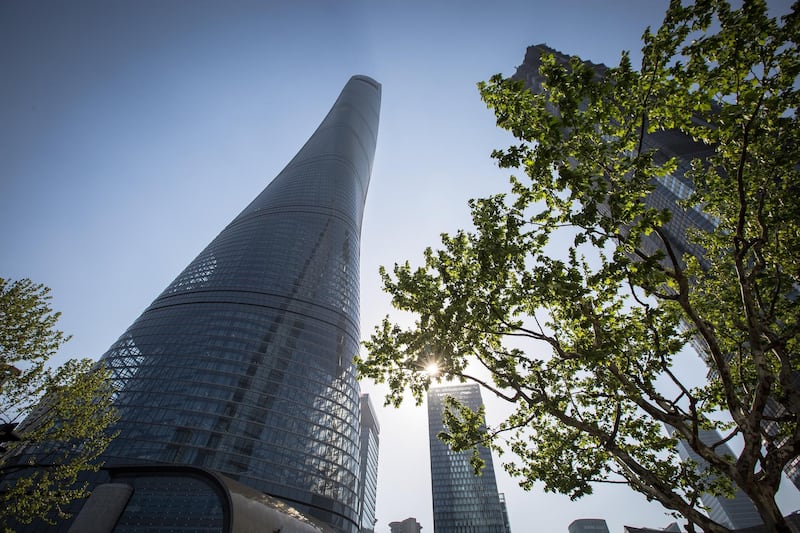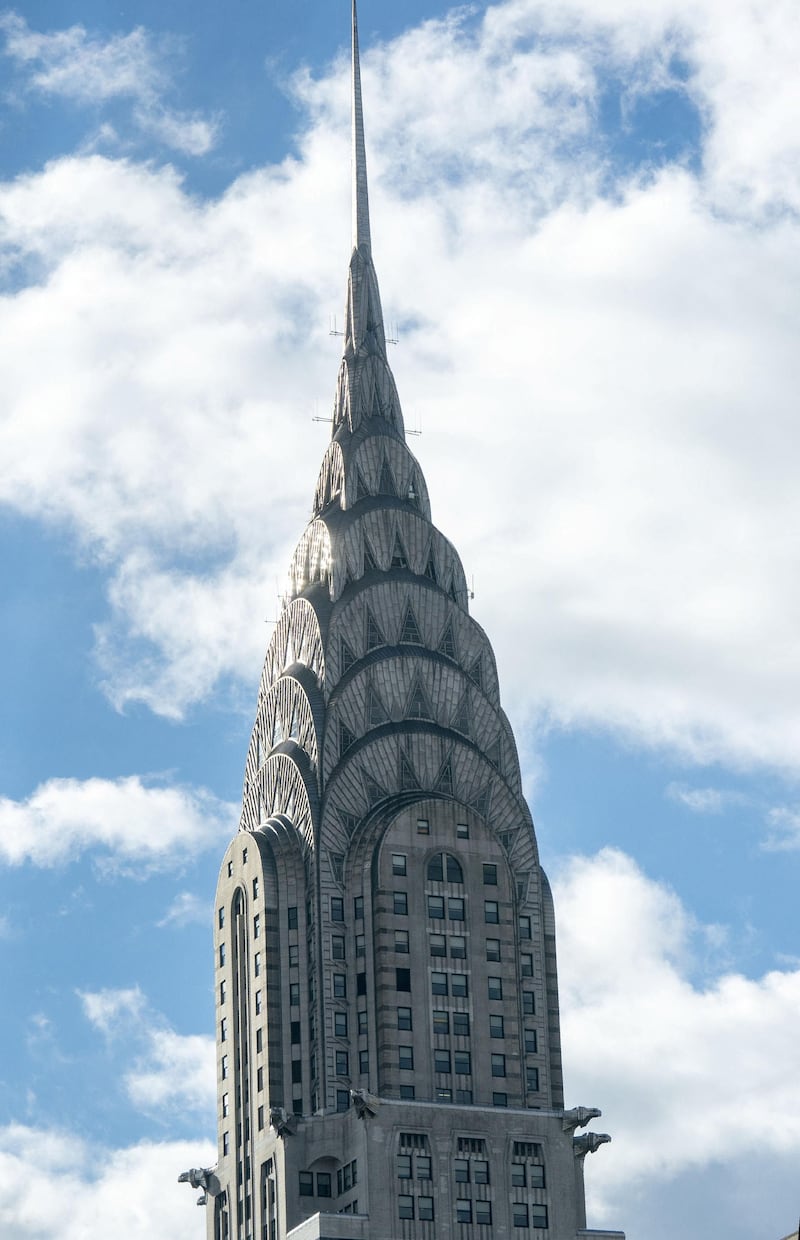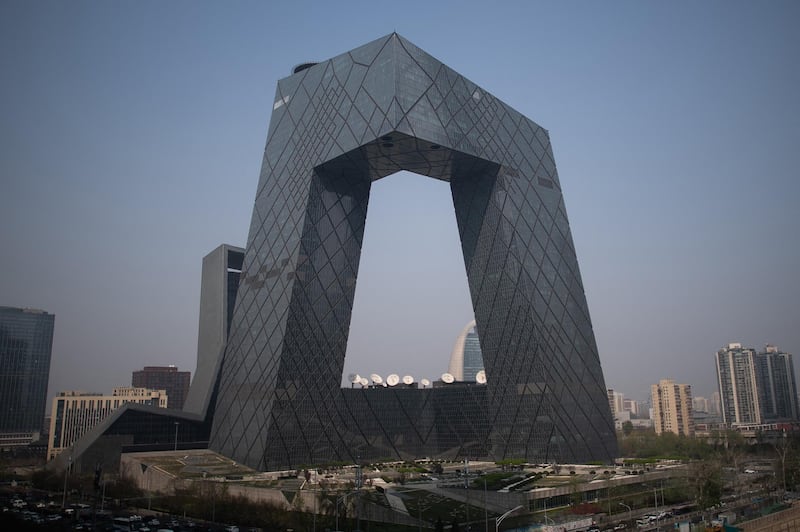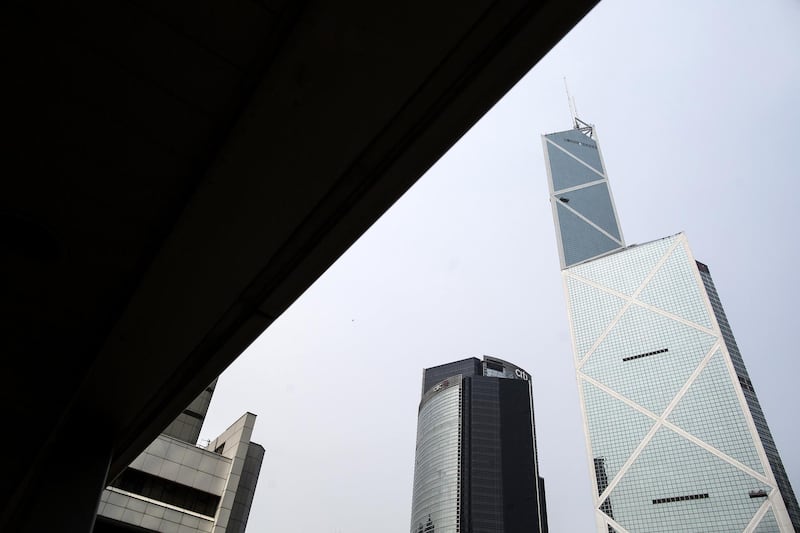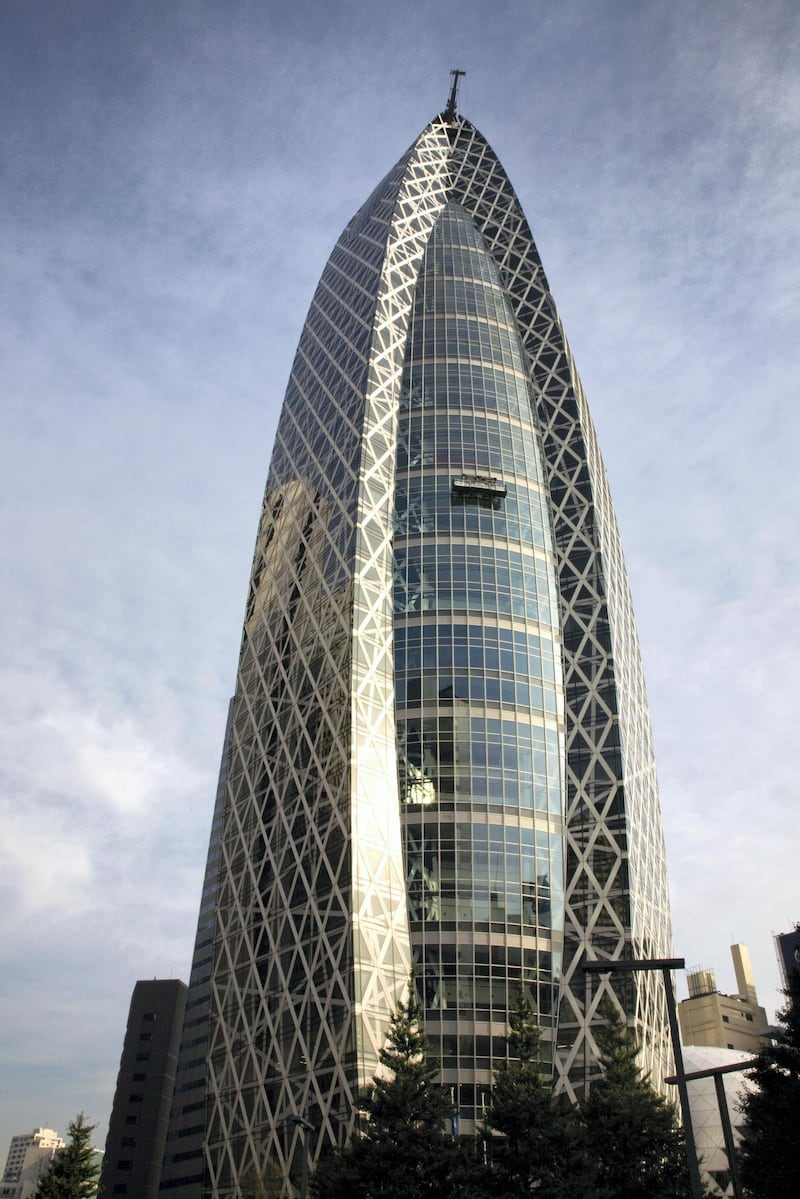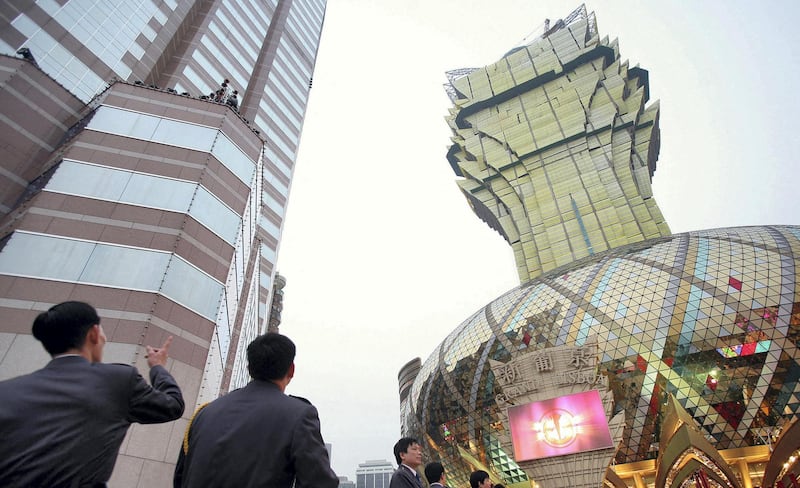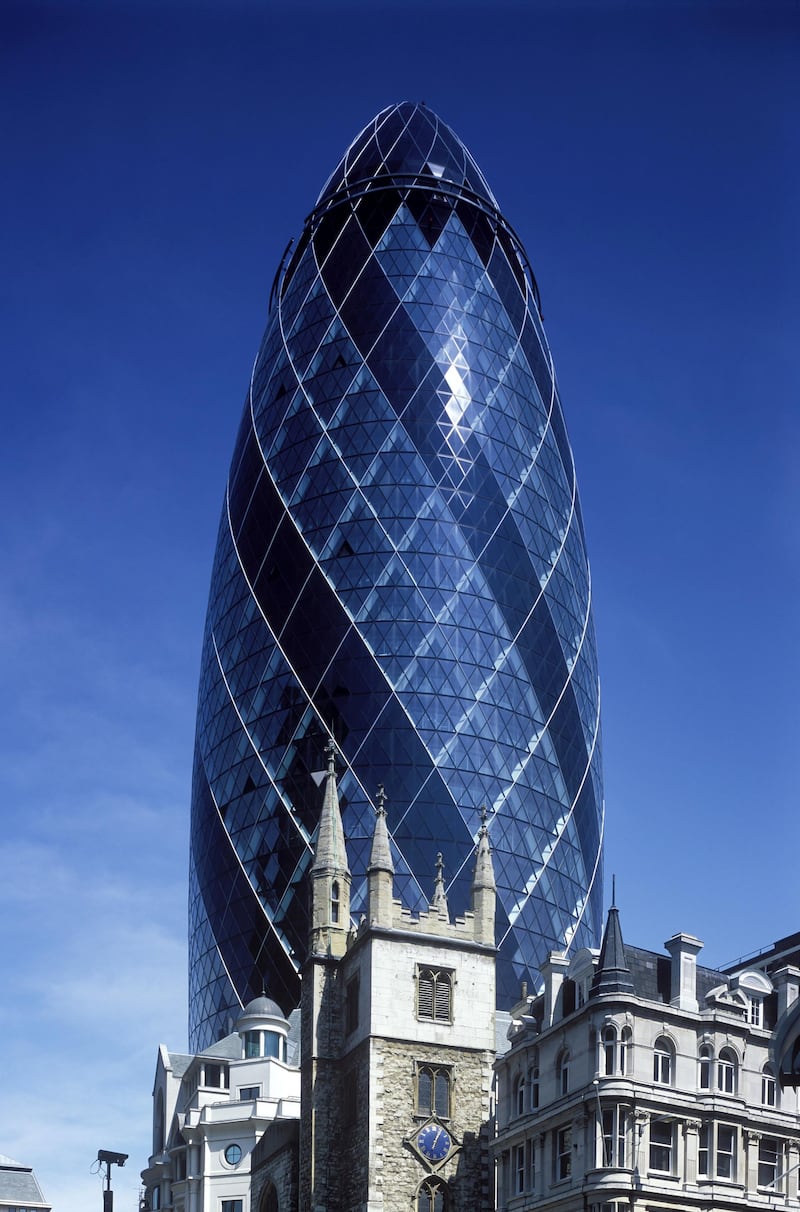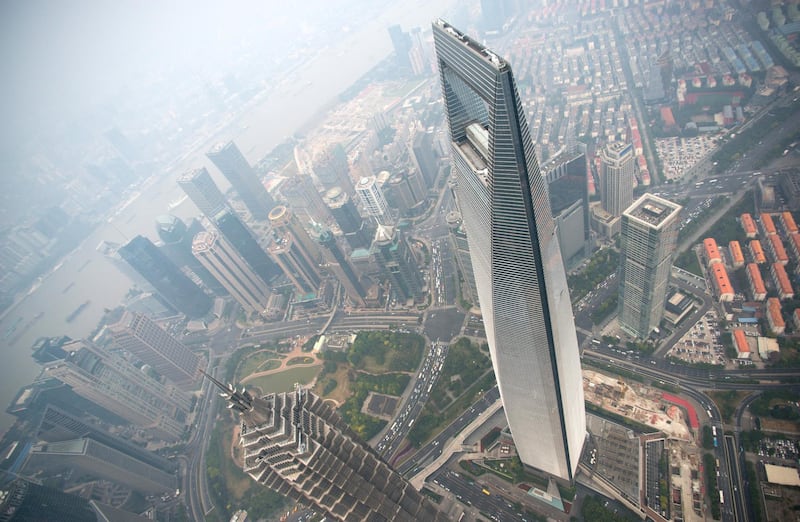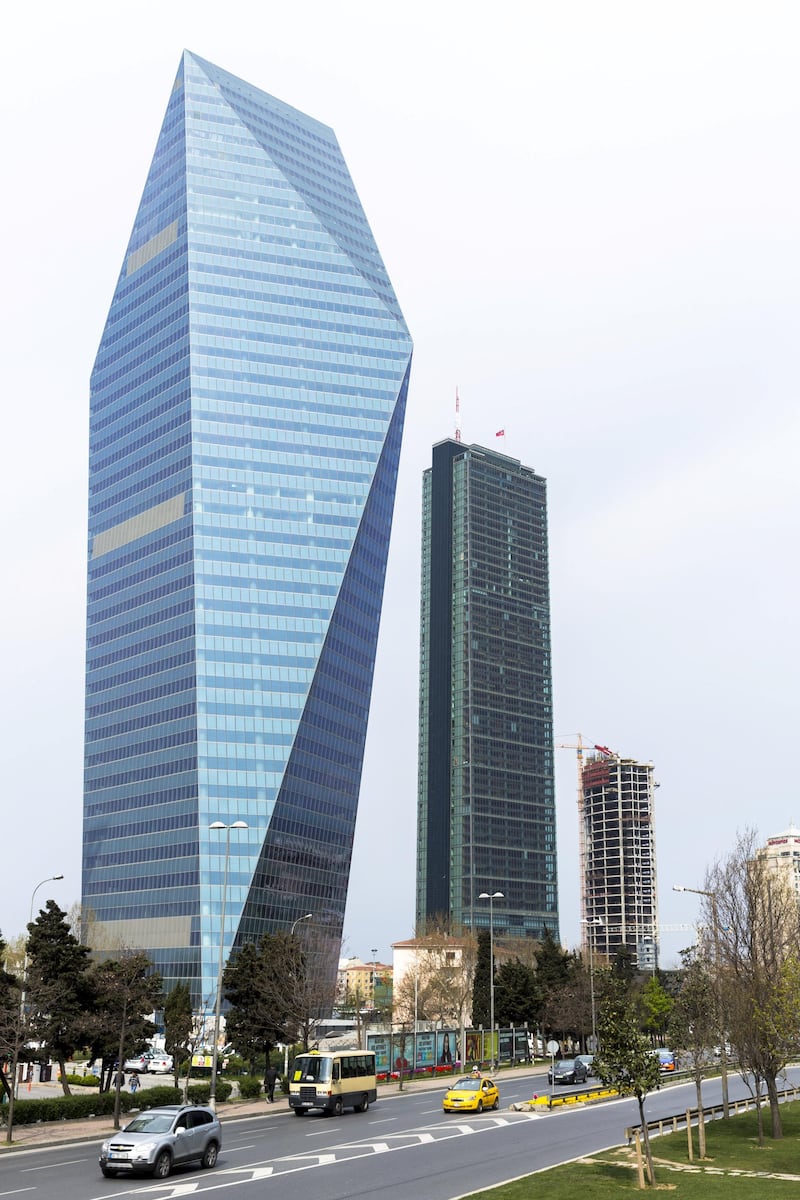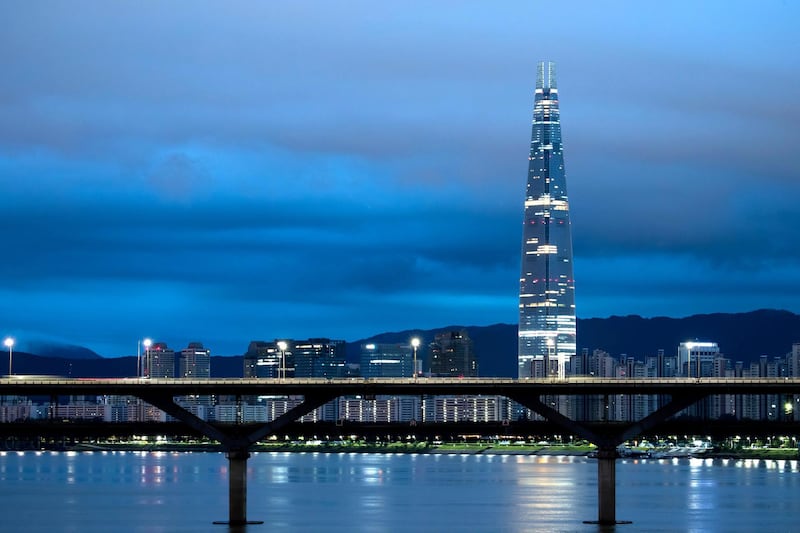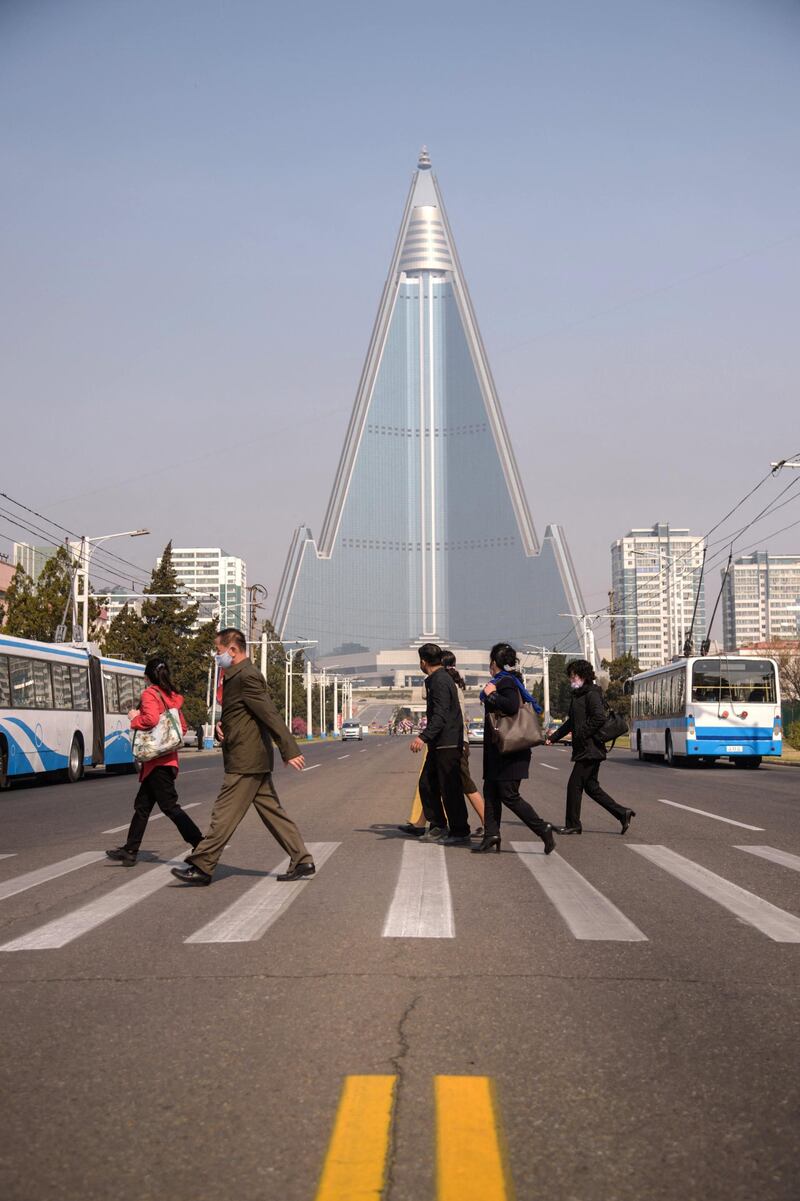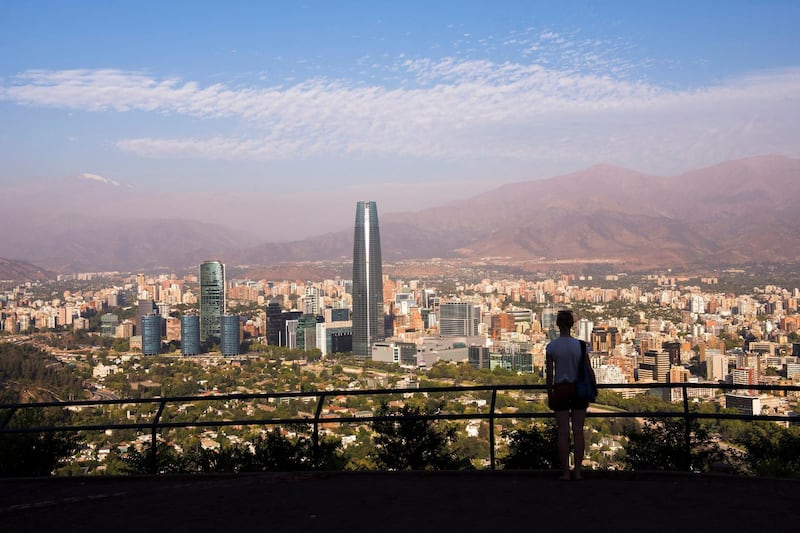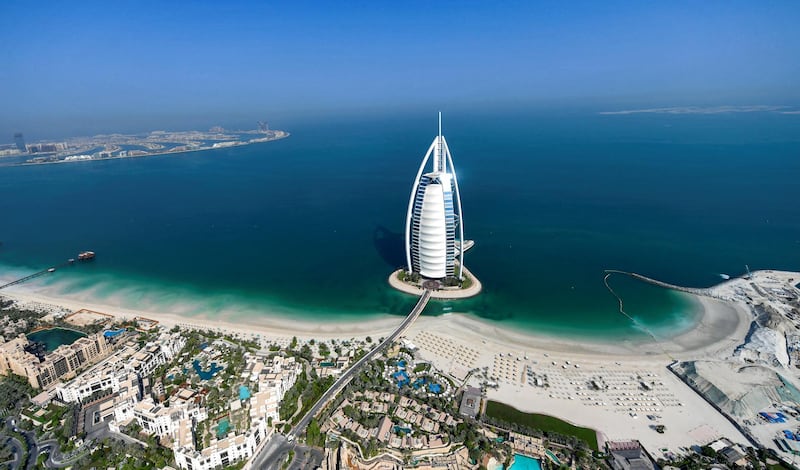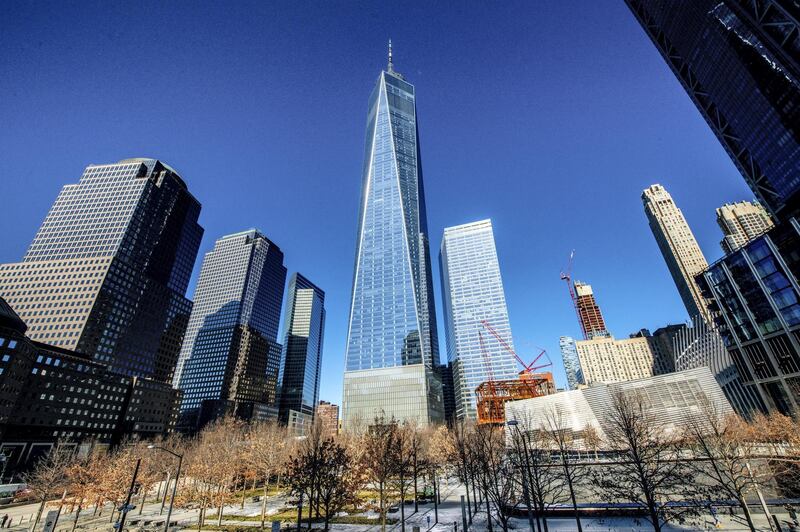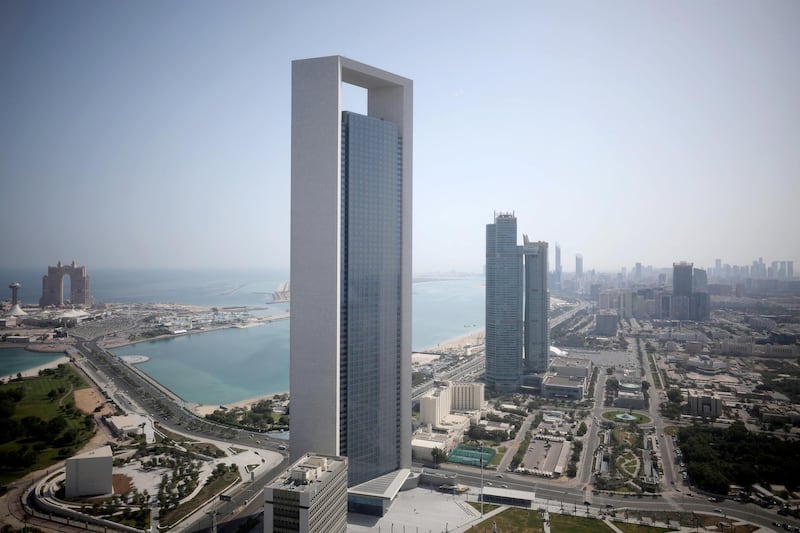Towering glass structures are a symbol of modernity in the great cities of the UAE.
Buildings like the five glittering Etihad Towers and the shining walls of the Burj Khalifa represent the country’s astonishing progress and its embrace of the future.
So it may come as some surprise to learn that the idea of a skyscraper made of glass was first proposed in 1921 — more than a century ago.
Ludvig Mies van de Rohe was born on March 27, 1896, a stonemason's son from Aachen, Germany, a city of medieval spires.
Towering vision of the future
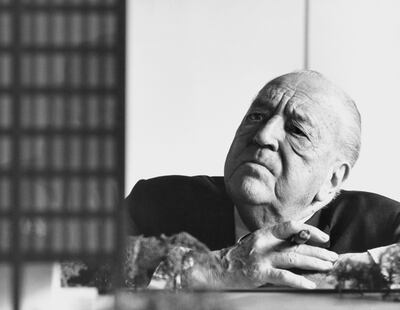
By 1912, he was working as an architect in Berlin, embracing the modernist ideals and designs of Walter Gropius and Le Corbusier, with whom he worked.
This was the beginning of the age of the skyscraper, made possible by steel frames and high-speed lifts.
Structures such as New York’s Flatiron Building and the 241-metre Woolworth Building hinted at the possibility of giants still to come.
Those first skyscrapers, which included the Empire State and Chrysler Buildings, used stone and brick for the outer walls. Glass was just for windows.
Mies (he had dropped the Ludvig) had other ideas. He conceived a form of architecture he called “skin and bones”, where steel alone supported the weight of the building. The exterior — the skin — could be what ever you wanted.
His vision was one of glass. In 1921 he entered a competition for Berlin’s first skyscraper on Friedrichstrasse. Van der Rohe called his design the “Honeycomb”, clad in glass and like nothing the world had seen.
It was radical, certainly too radical for a Germany poised to descend into Nazism. By the 1930s, Mies had become director of the avant-garde design school, the Bauhaus, denounced by Hitler as “degenerate”.
Fearing the worst, Mies left Germany for the US, accepting a job at the Illinois Institute of Technology in Chicago.
It would be nearly 40 years before his design for a glass skyscraper finally left the drawing board.
Now an American citizen and with a successful architectural practice, Mies was commissioned in 1954 to build a new headquarters for the Seagram distillery company on a prestigious site on midtown Park Avenue.
A glittering success
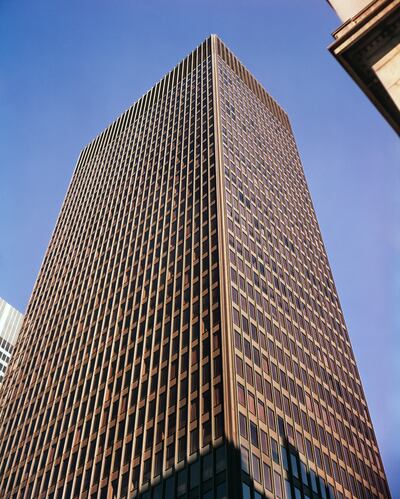
The resulting Seagram Building has inspired generations of architects. Completed in 1958, the 157-metre tall glass rectangle was described in the magazine Architectural Forum as challenging ”accepted skyscraper practice all the way down the line".
Not everyone was impressed. Frank Lloyd Wright, the godfather of American architecture, dismissed it as “a whisky bottle on card table”.
But the glass skyscraper would now dominate city skylines all over the world.
Mies’s final project was another rectangular giant, the 212-metre IBM building on Chicago’s North Wabash Avenue. It was completed four years after his death in 1969.
Helping to set the scene
Dubai’s first skyscraper, the World Trade Centre, was built in 1979 as more conventional concrete design.
But a year earlier, the capital became the site of the first glass fronted tower on the Corniche, built as the headquarters of the Emirates-BCCI bank and now home to the Union National Bank.
Designed by the UK architecture firm Fitzroy Robinson & Partners, the building takes full advantage of its glass panels to reflect the night sky and reflections from the sea.
Once the capital’s tallest building, it is now eclipsed by other glass giants like the 324-metre Landmark Tower, the 268-metre twins at Nation Towers and the tallest of them all, the 381-metre Burj Mohammed bin Rashid.
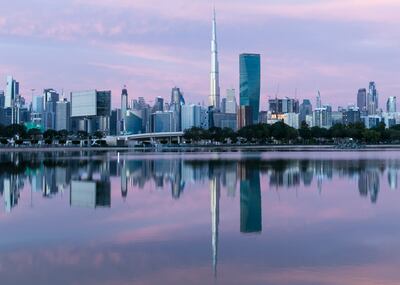
If Mies’s design, first proposed in the 1920s, is now ubiquitous, a century later, from London to Shanghai and Dubai to Tokyo, not everyone is a fan.
In the 1980s, his design for Mansion House Square in the City of London was abandoned, with King Charles, then Prince of Wales, dismissing it as “a giant glass stump” for spoiling the view from St Paul’s Cathedral.
At least his once radical designs seem more acceptable to the public with the passage of time.
Todd Reisz, the architect and writer with a special interest in the UAE, says Mies's ideas continue to be visible in structures like the National Bank of Dubai on the banks of the Creek.
Mies only made technological advances thorough the glass curtain wall, but also raised its aesthetic value, he says.
“His ideas helped formulate what Henry-Russel Hitchcock and P Johnson called the International Style, which ultimately shaped what is the sparse, non-referential look of steel and glass that was the look of 20th Century business.”
There are those that question the use of glass for its impact on the environment, reflecting the sun’s rays and raising the already scorching heat of an Arabian Gulf summer.
Scott Coombes, co-founder of the Dubai-based building consultancy AESG, has spoken of his concerns of “designing glass boxes in a country that has got sunlight throughout the year.”
Older buildings, with thick walls and recessed windows, may be more suitable for the region, he says.
“We’ve got a very, very harsh climate and then we’re trying to complement these and call them sustainable by putting photovoltaics on buildings and sugar-coating them with what they’re calling green technologies, which isn’t right,” he told The National in 2017.
The international design and planning consultancy Stantec, says the “completed structures, enveloped in cases of glass, often result in a significant environmental impact, as consistent temperatures, often in large atriums, need to be maintained along with vast networks of technical and electrical systems.
“These buildings risk becoming looming monuments to our lack of foresight and planning,” it concludes.
An article in the Architects Journal last year even dismissed Meis’ most iconic building for its poor environmental credentials. ‘It is time no longer to praise the Seagram Building, but to bury it’, the authors wrote.
Perhaps the future is no longer glass. The most radical skyscraper designs now propose wood. Even Mies is not safe.
A reimagining last year of his famous pavilion for the 1929 Barcelona world fair proposed replacing its concrete and glass with eco-friendly sheets of laminated timber.
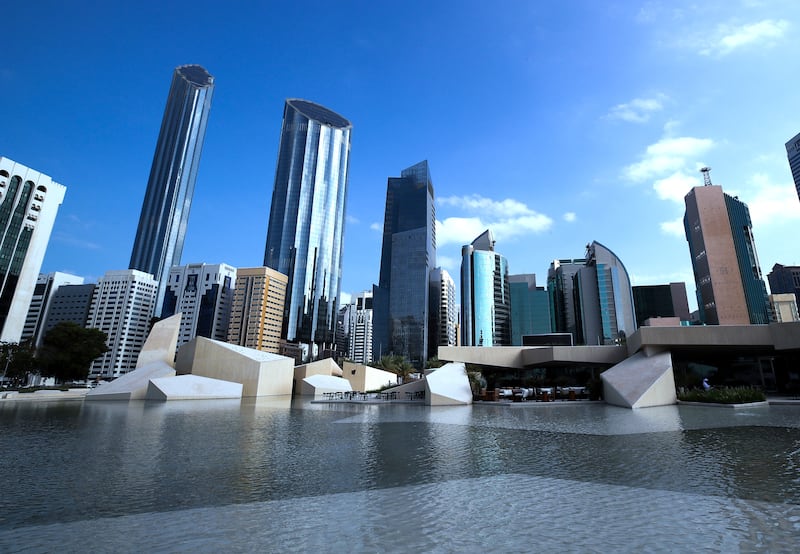

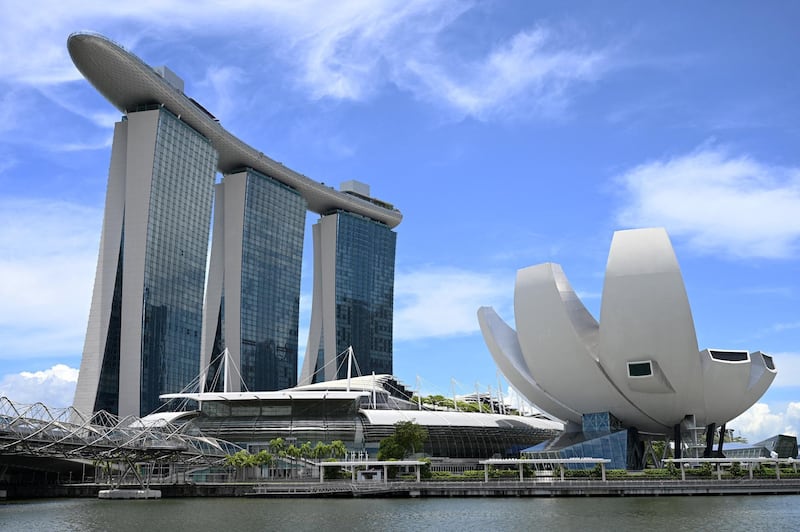
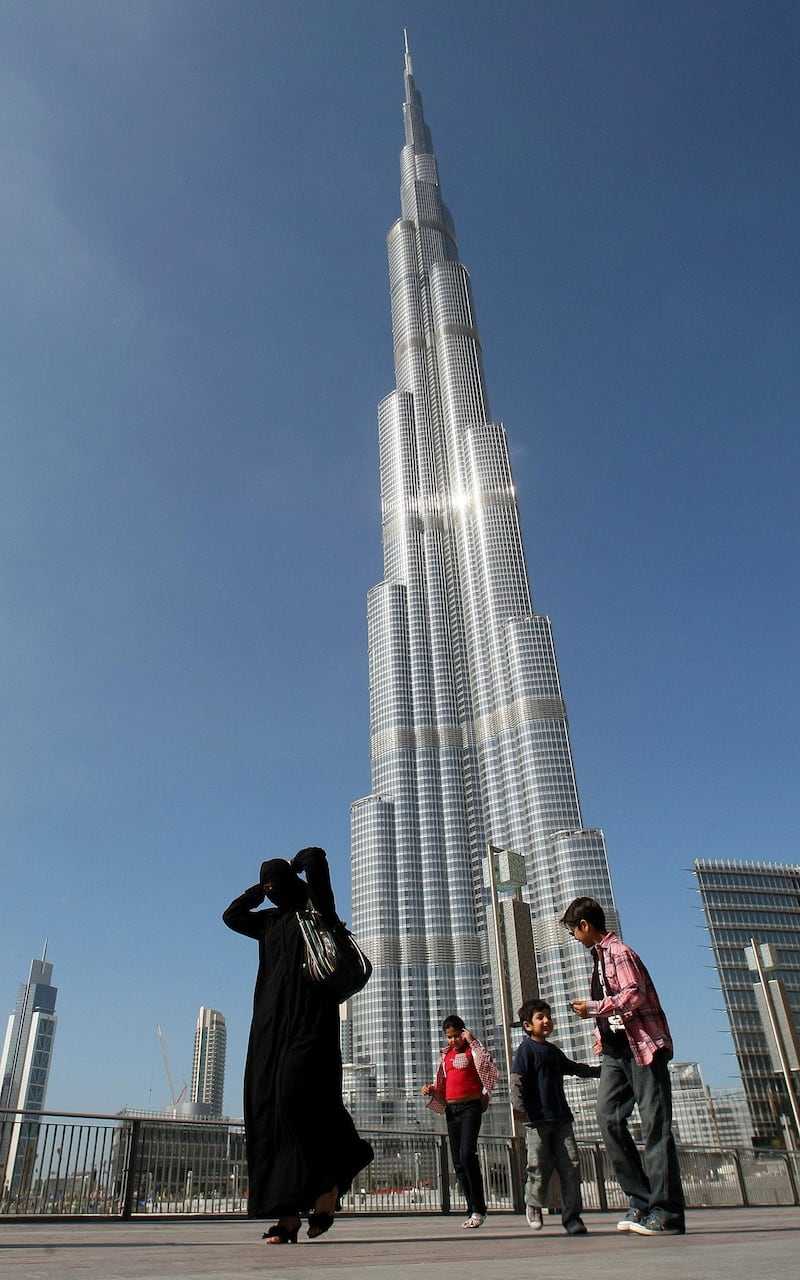
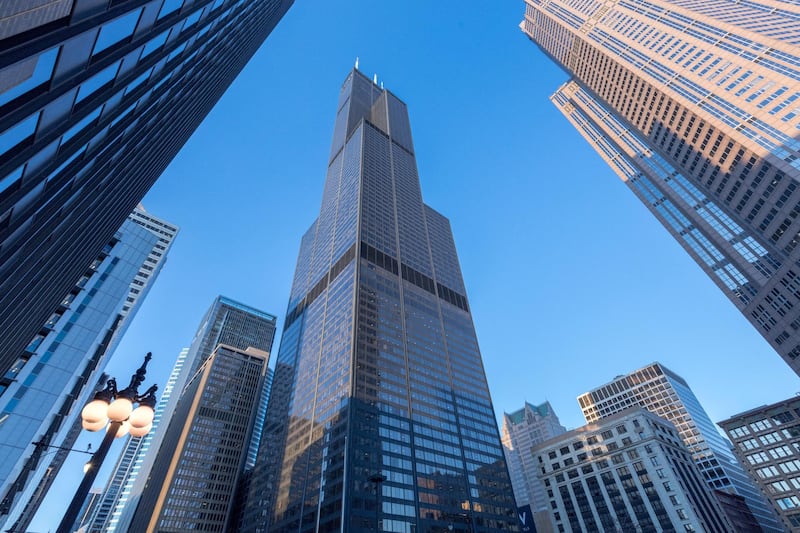
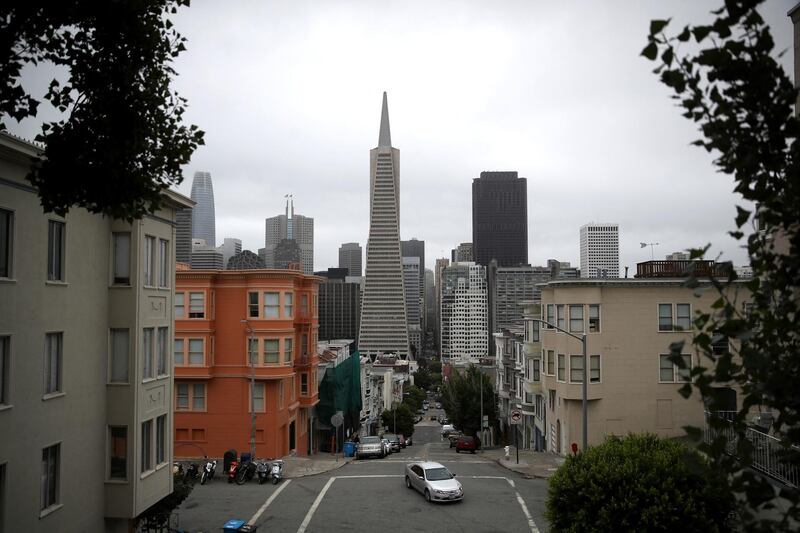
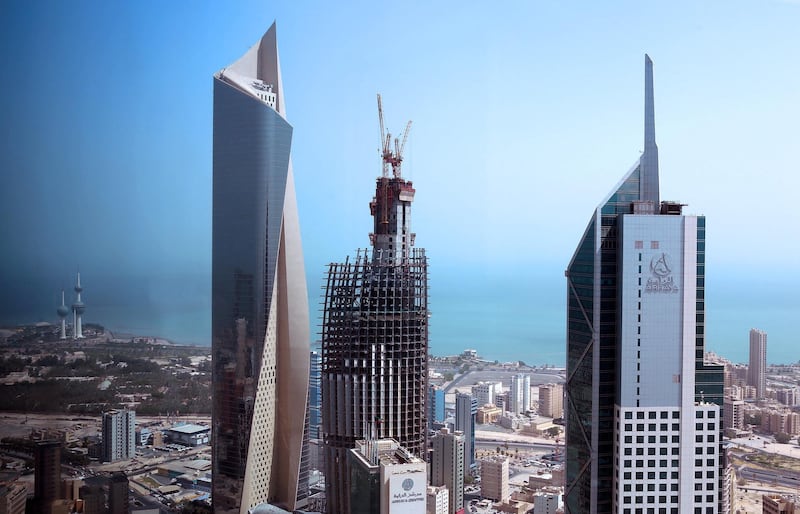
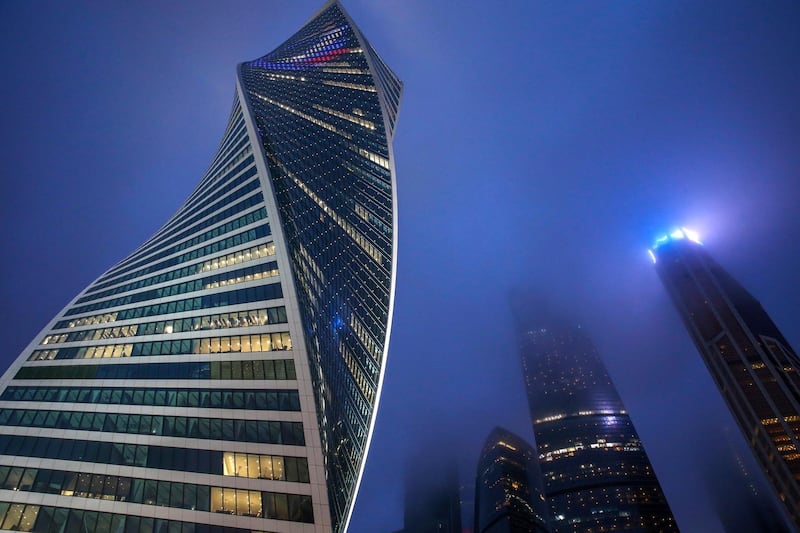
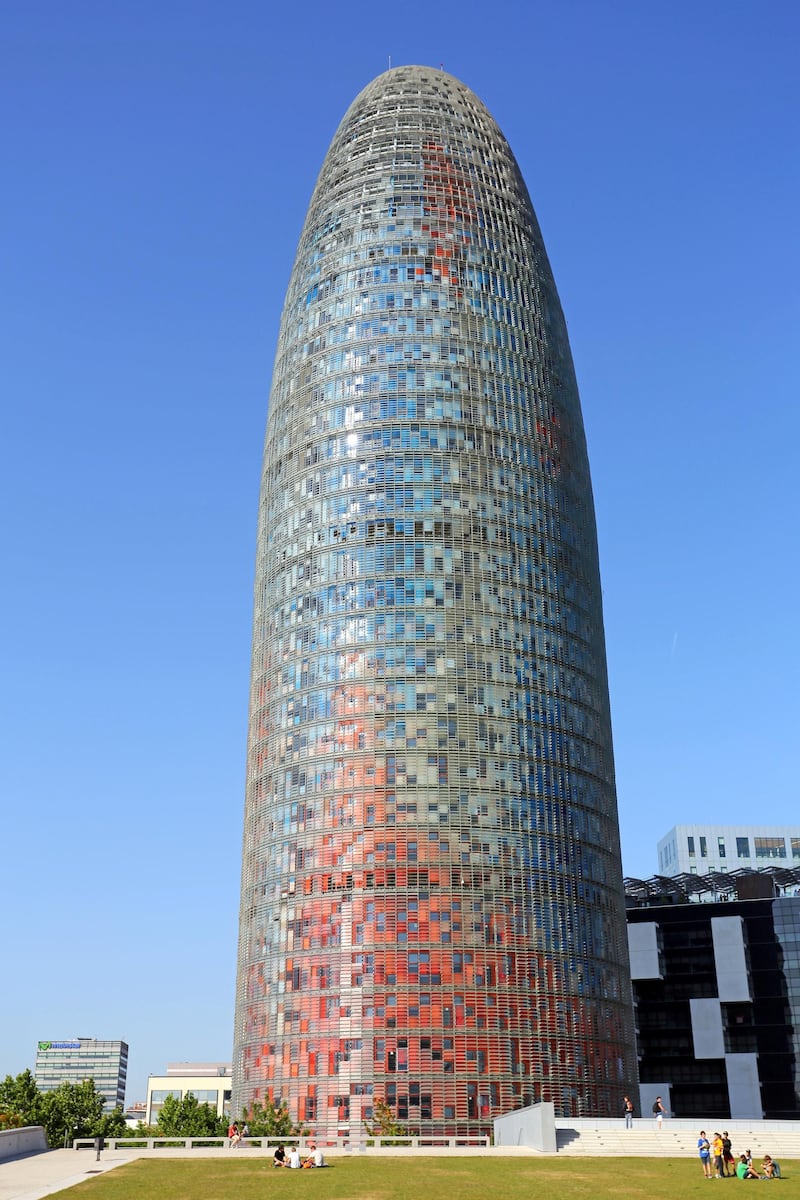
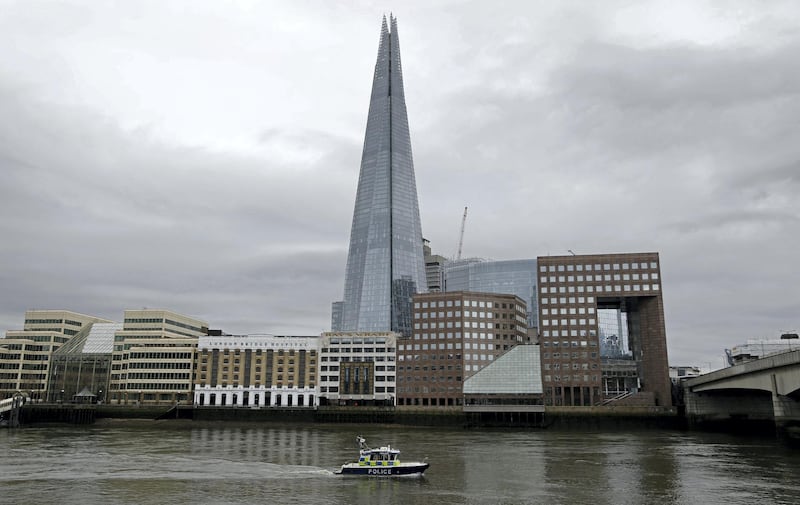
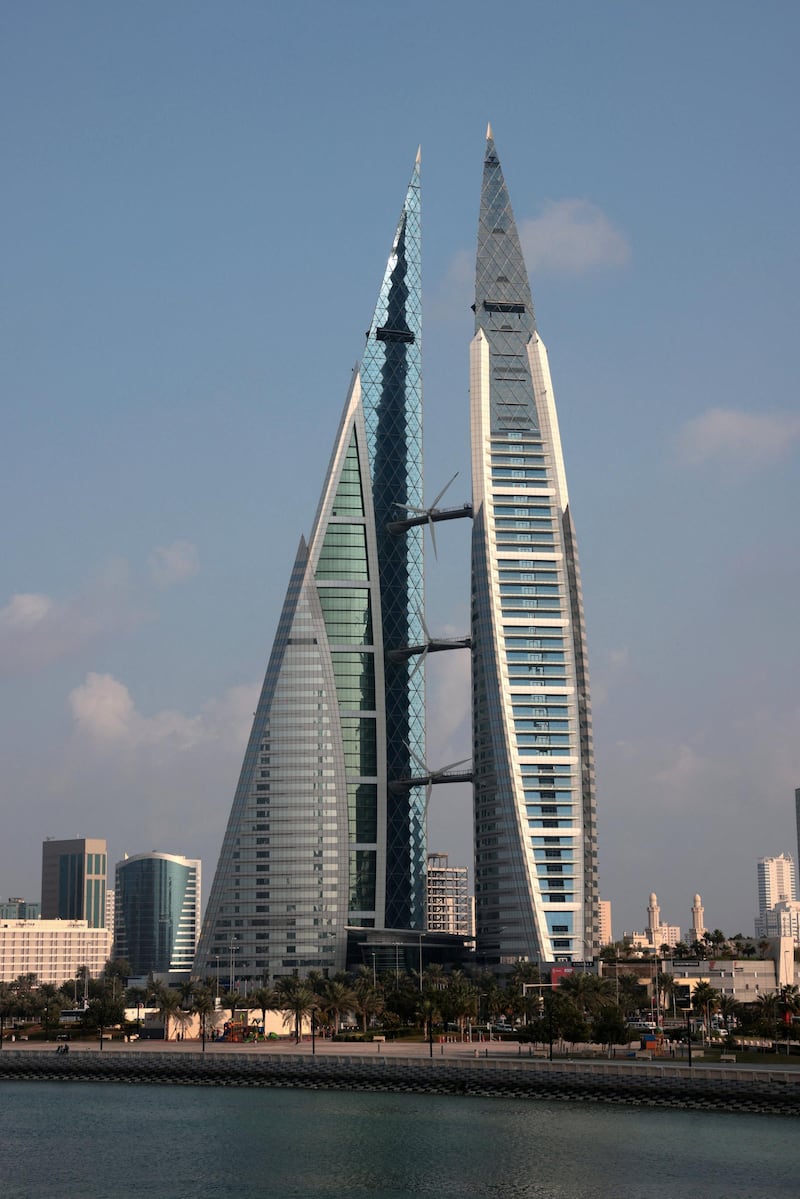
![[UNVERIFIED CONTENT] Official full name Kingdom Business and Shopping Centre in Riyadh, Kingdom of Saudi Arabia. At 302 m it is the second tallest building in the country and the world's third tallet building with a hole.](https://thenational-the-national-prod.cdn.arcpublishing.com/resizer/v2/TVXYH7WWXHOQIU4XK7SGXZTALM.jpg?smart=true&auth=0d787fd09423ae639a97e8f82e182b32b8b097cdf944b7929293ba2bbfcd85d6&width=800&height=1066)
